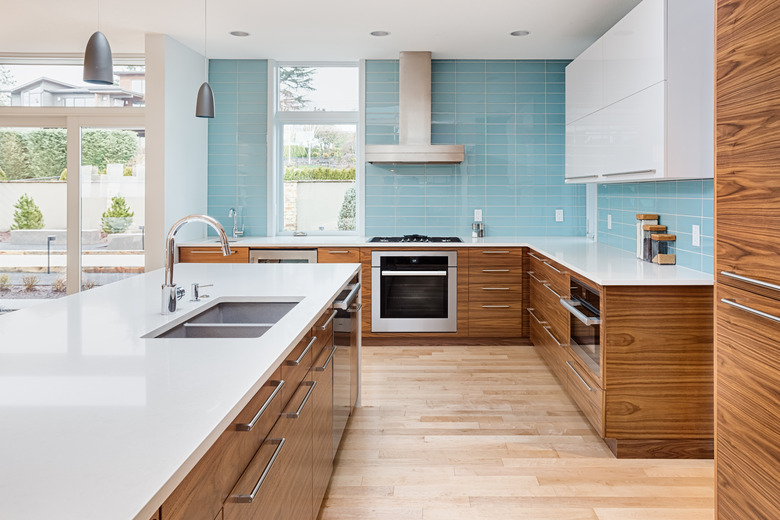How To Troubleshoot Error F10 On A Kenmore Stove
The oven is the centerpiece of any kitchen, and Kenmore models are known to be reliable — but sometimes, due to wear, tear and constant use, parts of the oven may wear out and need to be replaced. Most stoves these days come equipped with a set of error codes that will help point you toward the problem so you can quickly and easily get your appliance back into working condition.
Kenmore Oven Error
Kenmore Oven Error
The fault codes for the oven will appear on the display, usually in the form of a code like F10 or F91. The user's manual will be able to explain specifically what these codes mean for the model that you have, but most of the codes are mostly consistent throughout Kenmore products.
For example, F10 means there's an issue with an electronic control or sensor, whereas F91 means something is wrong with the oven door latch. According to Kenmore's website, models from 2004 onward have used a standard set of error codes to let users help troubleshoot problems.
Kenmore F10 Error
Kenmore F10 Error
The F10 code on a Kenmore oven means that the oven is overheating — the oven is detecting a temperature far over the safe range of operation. Most models also start beeping when this happens since it can be a safety concern. If this is happening in your kitchen, there could be a couple of reasons why your Kenmore glass-top stove F10 error is occurring.
Troubleshooting F10 on an Oven
Troubleshooting F10 on an Oven
First, check to see whether the oven is actually hot; there are plenty of safe ways to do so. Also, make sure that the surroundings are cool. If the oven doesn't have enough space to ventilate or is near hot air, this can cause the temperature sensor to detect an overload.
If the oven is, in fact, hot, unplug it or flip the breaker switch to stop electricity to the appliance. Wait until it has cooled completely before restoring power, then try heating to a normal temperature. Sometimes the simple action of powering down and back up will reset the internal control board and fix the error. This is normally the first thing to try if your oven is showing some sort of error code.
Check the inside of the oven before turning the heat back on to see whether there are any visible signs of heat damage or charring that could indicate a faulty part in the system. Check the ventilation as well; if ventilation has become plugged, air circulation will suffer, which can also cause the oven to overheat.
Thermal Control Unit Damage
Thermal Control Unit Damage
If the oven continues to overheat, something related to the thermal control unit inside the oven is damaged. You may need to replace the electronic control board. If you're skilled with a multimeter, you can check the electronic parts for continuity once the oven is unplugged to see whether you can find a failure.
If not, contact your local hardware store to get in touch with a Kenmore repairman. If the oven's heat is uncontrollable, it's recommended to leave it unplugged or powered down until the problem is solved. In some cases, overheating can damage the oven itself.
Improper Temperature Detection
Improper Temperature Detection
If the oven continues to throw an F10 error but without heat, the system is detecting a temperature that's not there — it's something electronic. If the shutdown didn't reset the system, you can use the user's manual and a multimeter to check the thermal control unit and the control board. Again, a licensed technician can also help troubleshoot to find whatever faulty connection or failed part is causing the disconnect.
